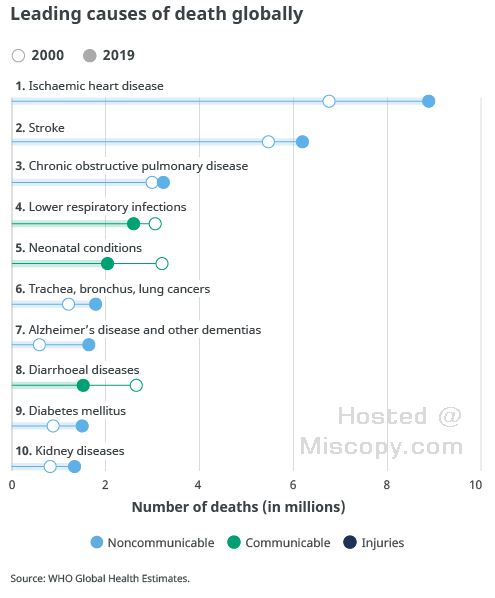In this video, James Li of 51-49 exposes the role of the obesity industrial complex and its connection to big pharma and food companies, as well as medical professionals and mainstream media, in propagating the idea that obesity can be cured by weight loss drugs.
James Li highlights the fact that the companies are driven by profit, use flawed science to back their products, and lobby congress to pass laws that benefit them, putting public health at risk. The speaker also discusses the flawed healthcare system in the US and suggests that education and dismantling the perverse incentive structure could lead to a healthier populace. The video urges viewers to ask questions and make informed decisions.
00:00:00
In this section, James Li questions the claim made by Dr. Stanford that obesity is a genetic disease independent of lifestyle factors such as dietary changes and processed foods. Scientific consensus suggests that genetics only account for 25 to 70-80% of weight predisposition in individuals.
James Li alleges that big food and pharma companies are working together with medical professionals and mainstream media to sell products and propagate propaganda that obesity is a disease that can be cured with weight loss drugs, such as Wilgovi and Ozempic, that have questionable health impacts. These drugs are helpful to some but have questionable benefits to weight loss and may only benefit the companies for their profits.
James Li suggests that the companies lobby congress to pass the Treat and Reduce Obesity Act, requiring Medicare to cover weight management drugs, with taxpayer money. The alleged greed of these companies poses a risk to public health, and their products and narratives should be scrutinized by everyone.
00:05:00
In this section, James Li discusses the issues with the current healthcare system in the United States and its economic and social incentives that contribute to the growth of the obesity industrial complex. The problem is that 95% of healthcare dollars are spent on interventions after people get sick, making healthcare the largest and fastest-growing industry in the US. Additionally, there is no economic or social incentive in the current system that encourages a healthy populace.
James Li proposes two solutions: advocating for more honest education about food and dismantling the current perverse incentive structure in place. This includes moves such as the FDA recommending added sugar for kids to zero and tax money going to subsidizing healthy food. The video ends with the call to inform and ask questions about the Confluence of all these things to make informed decisions for ourselves.


